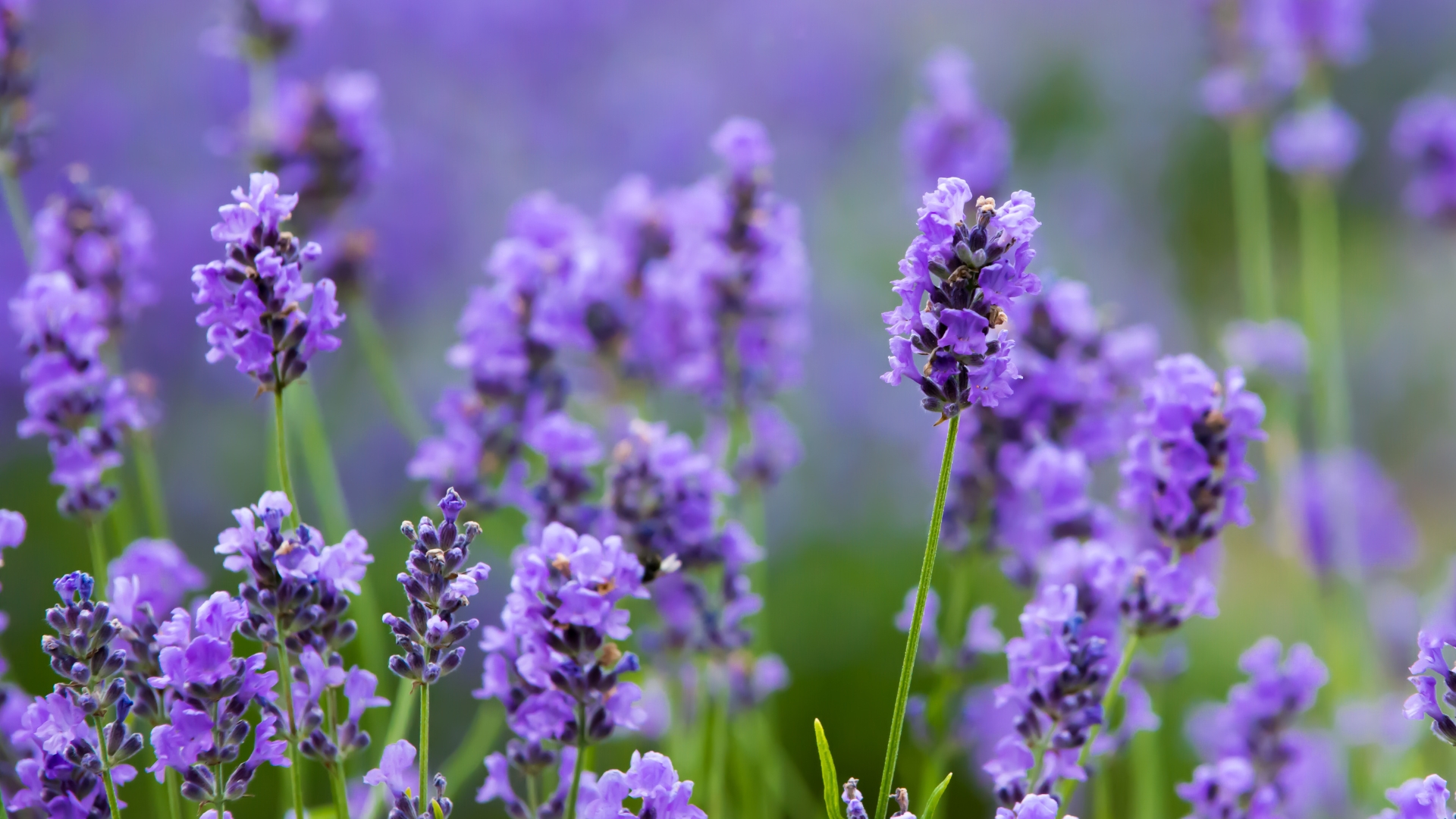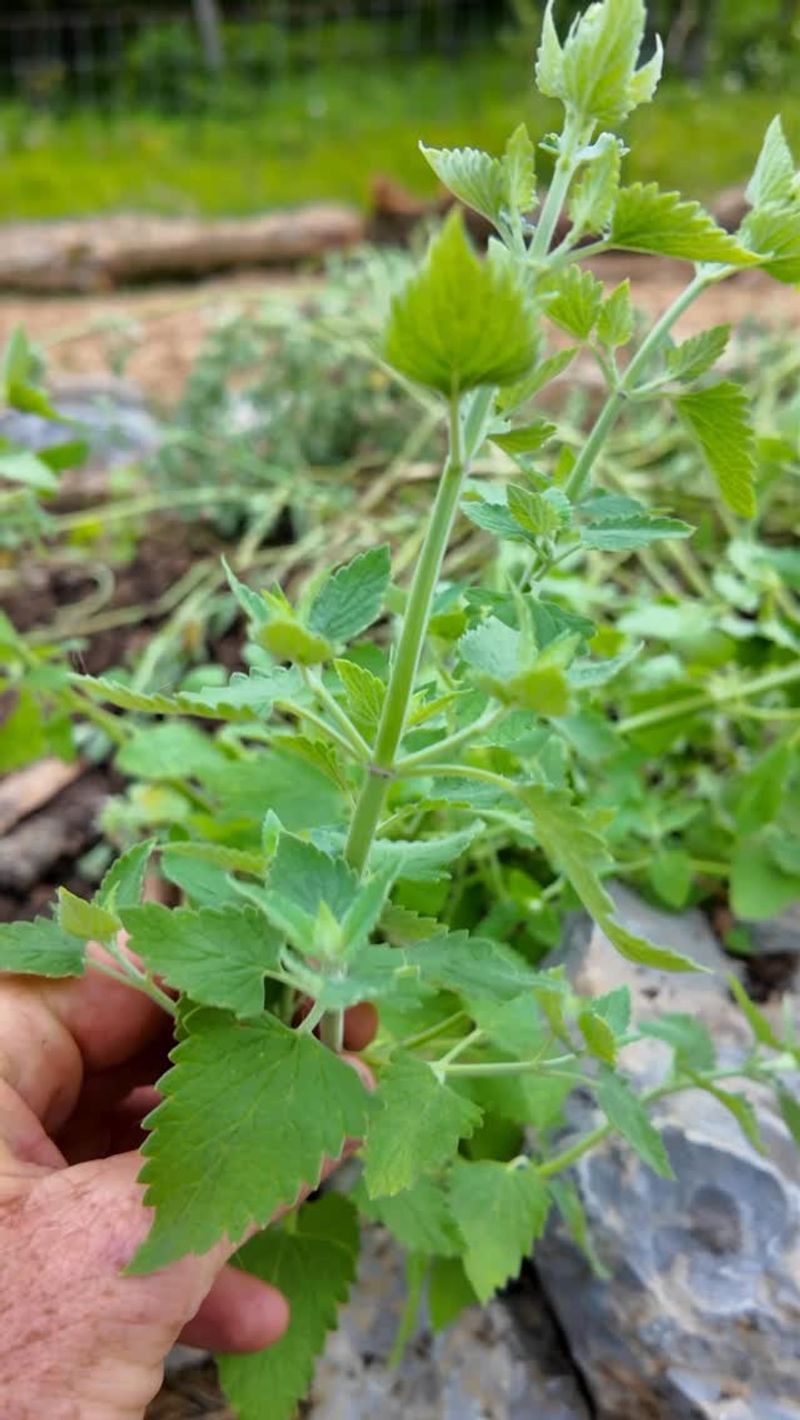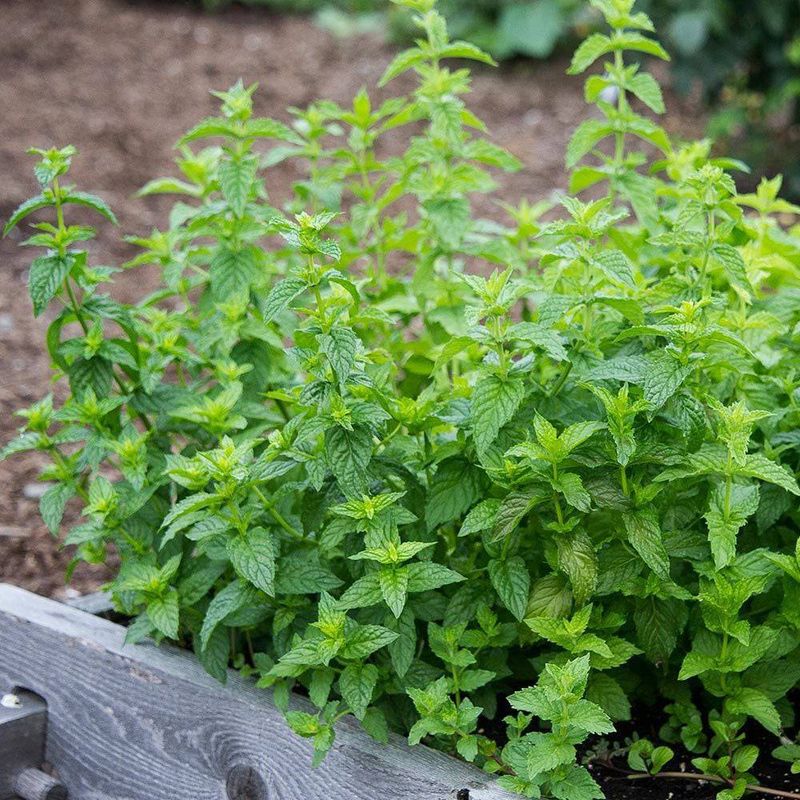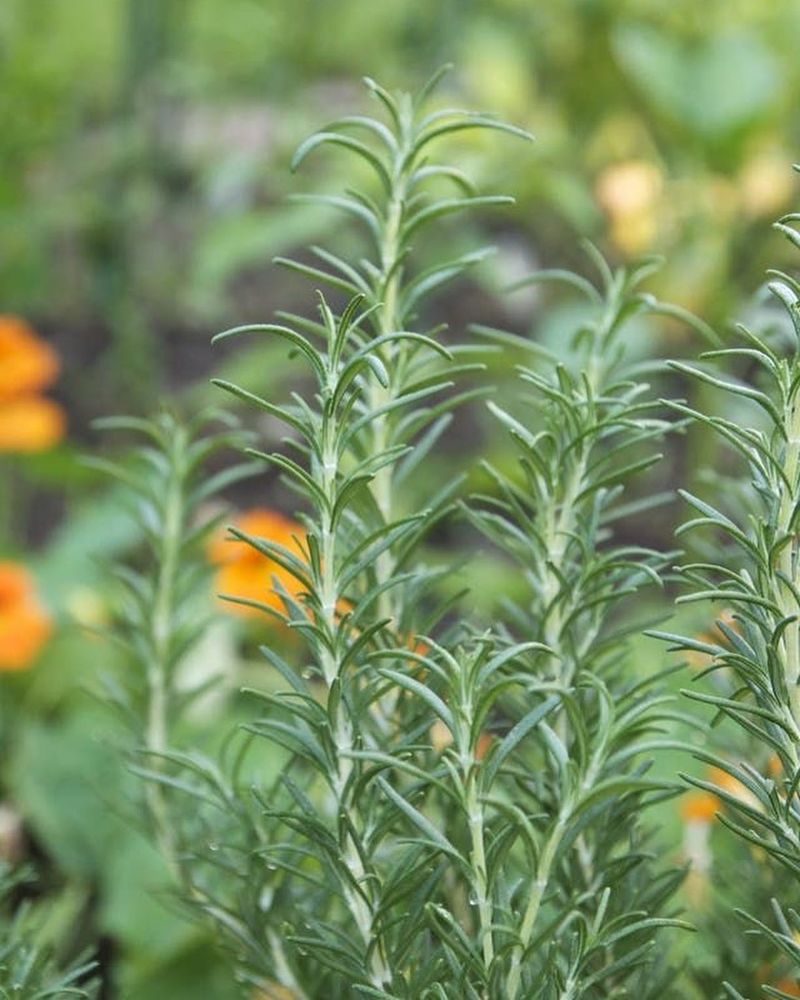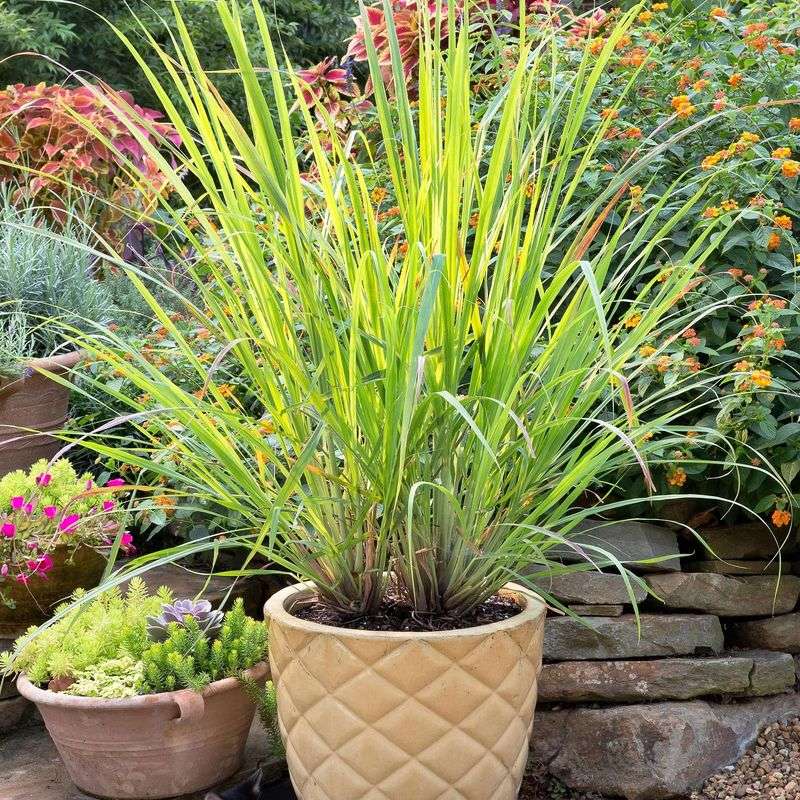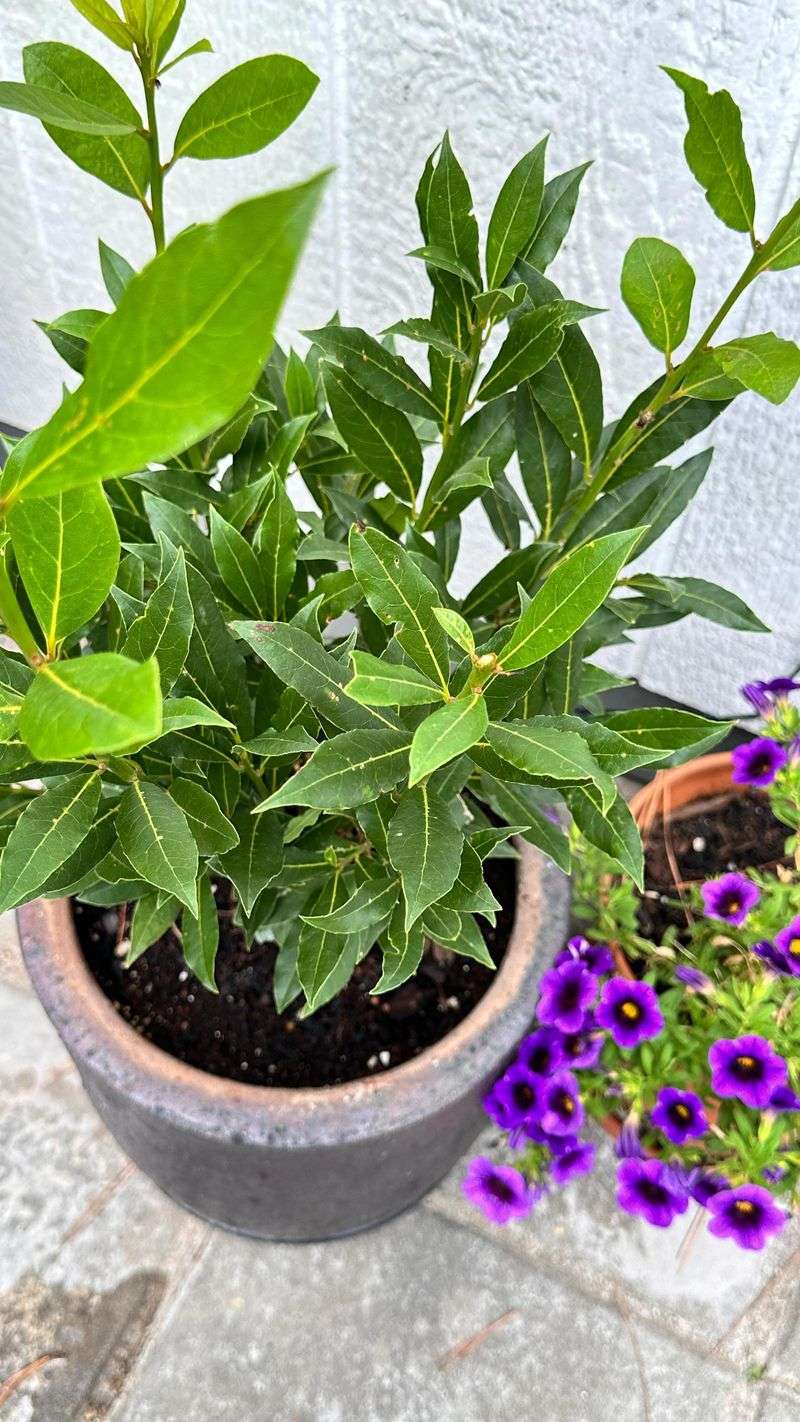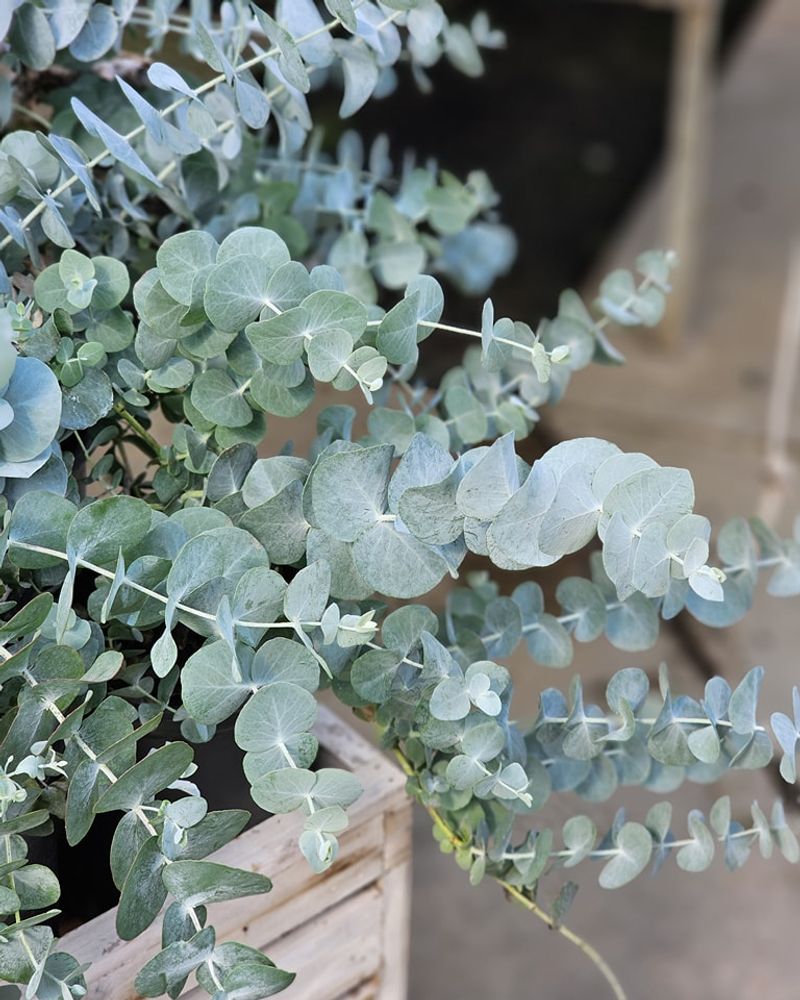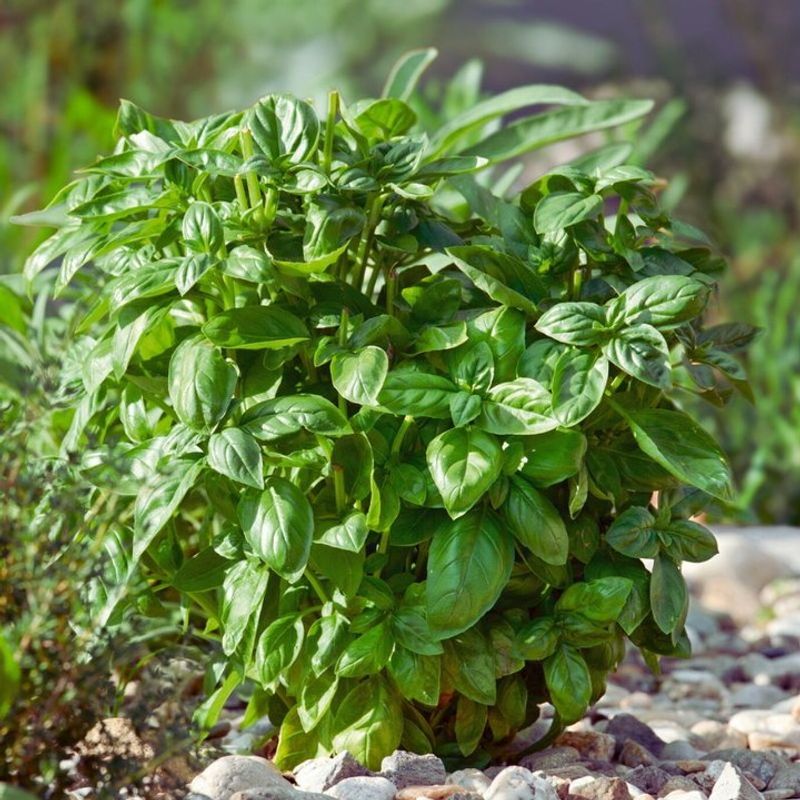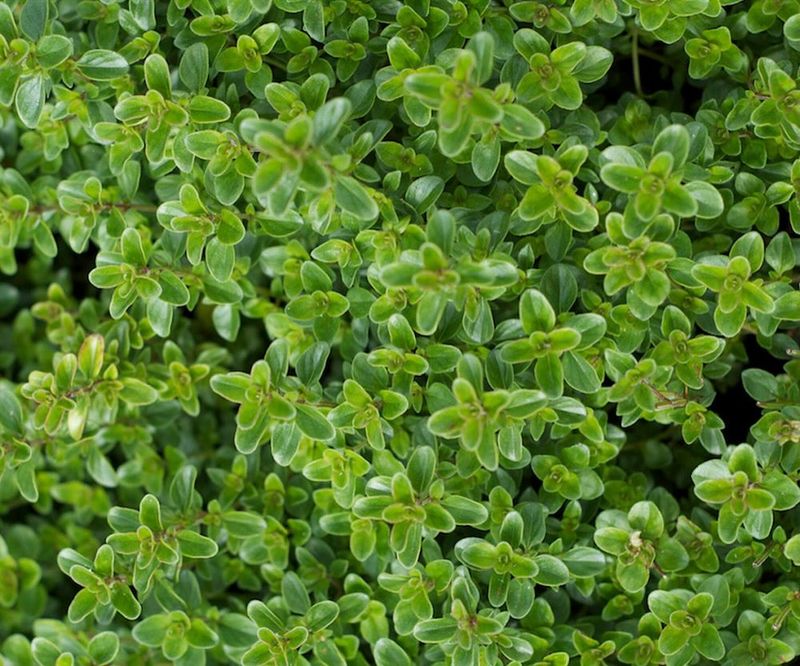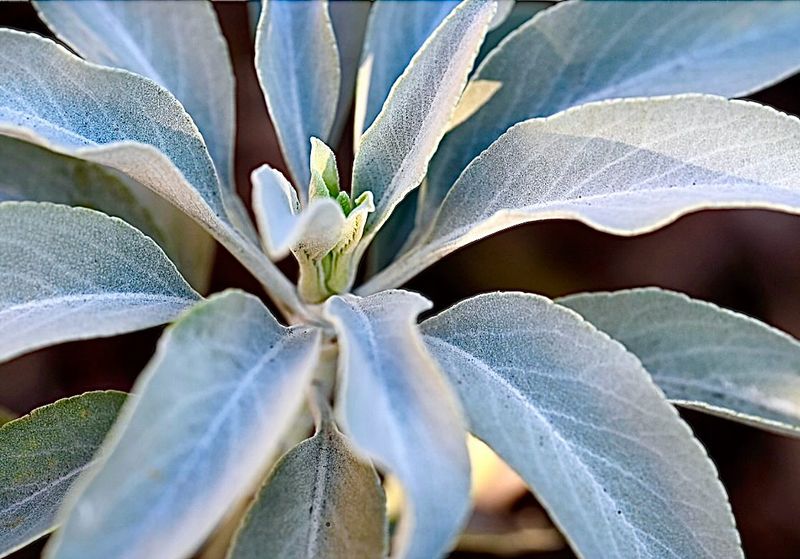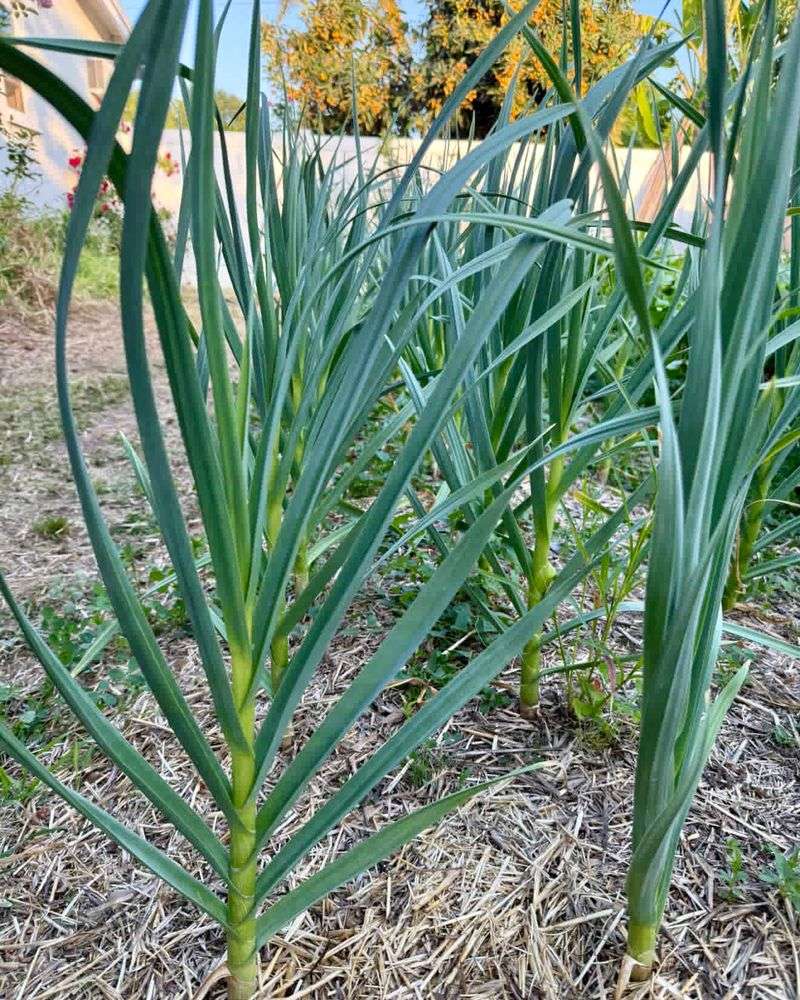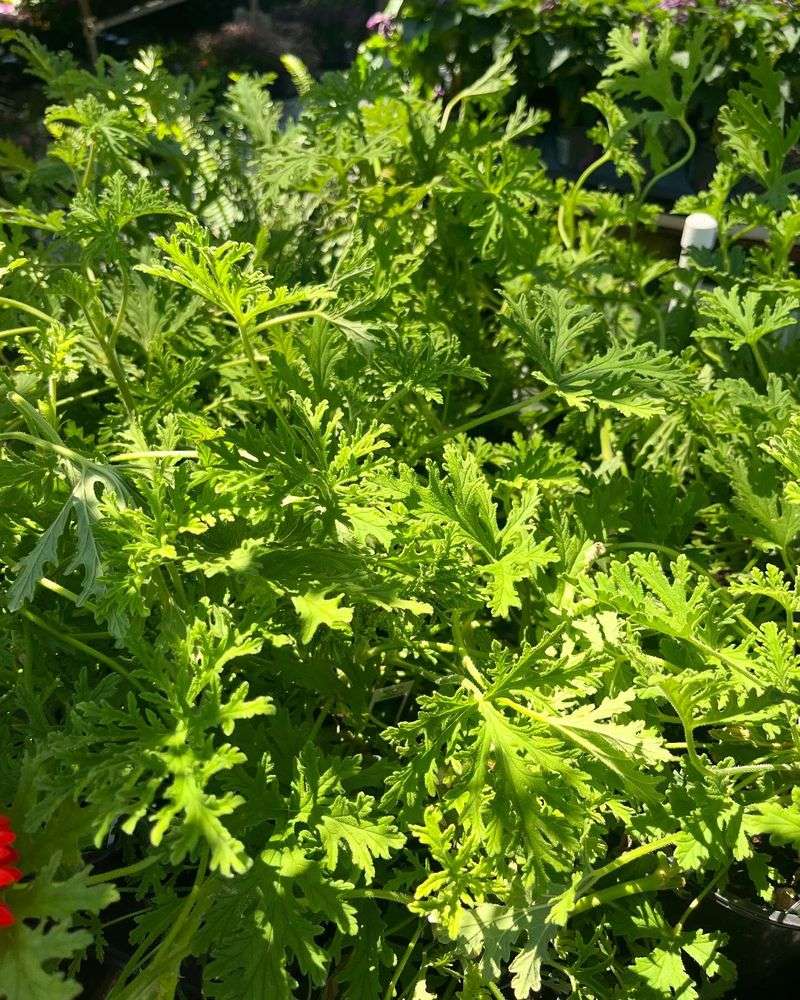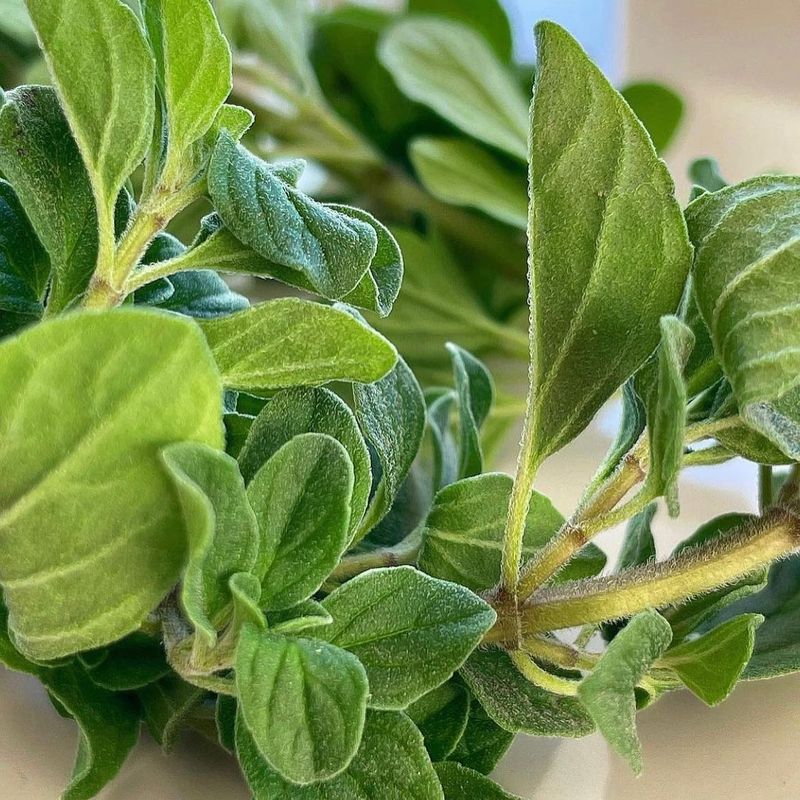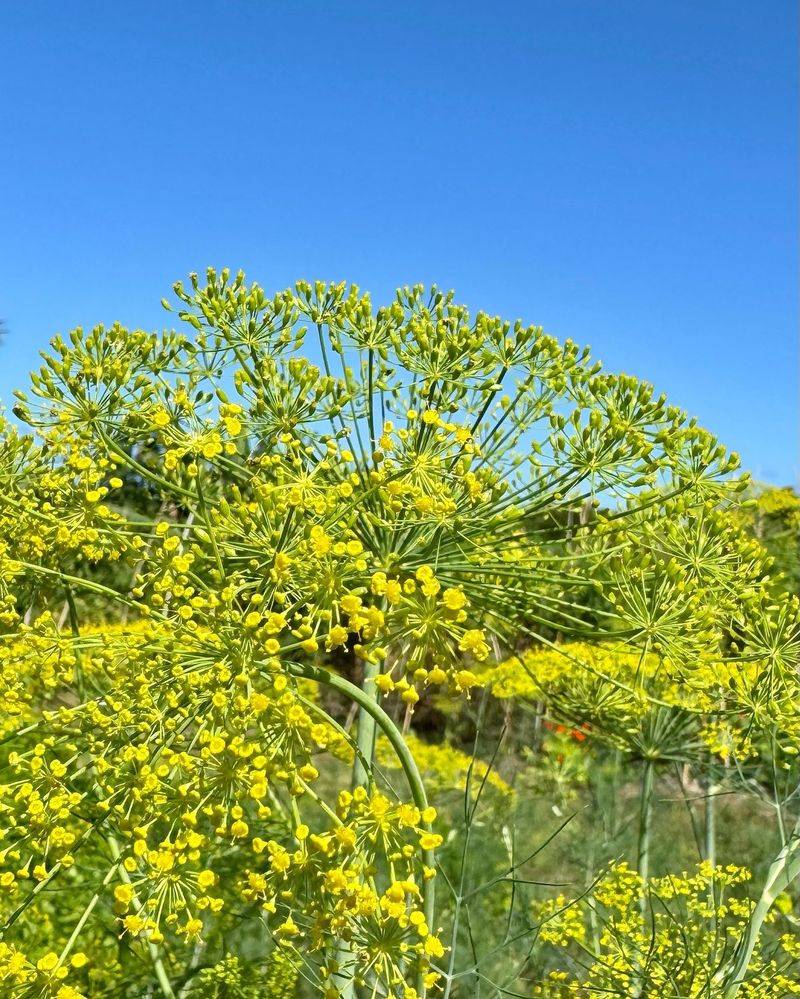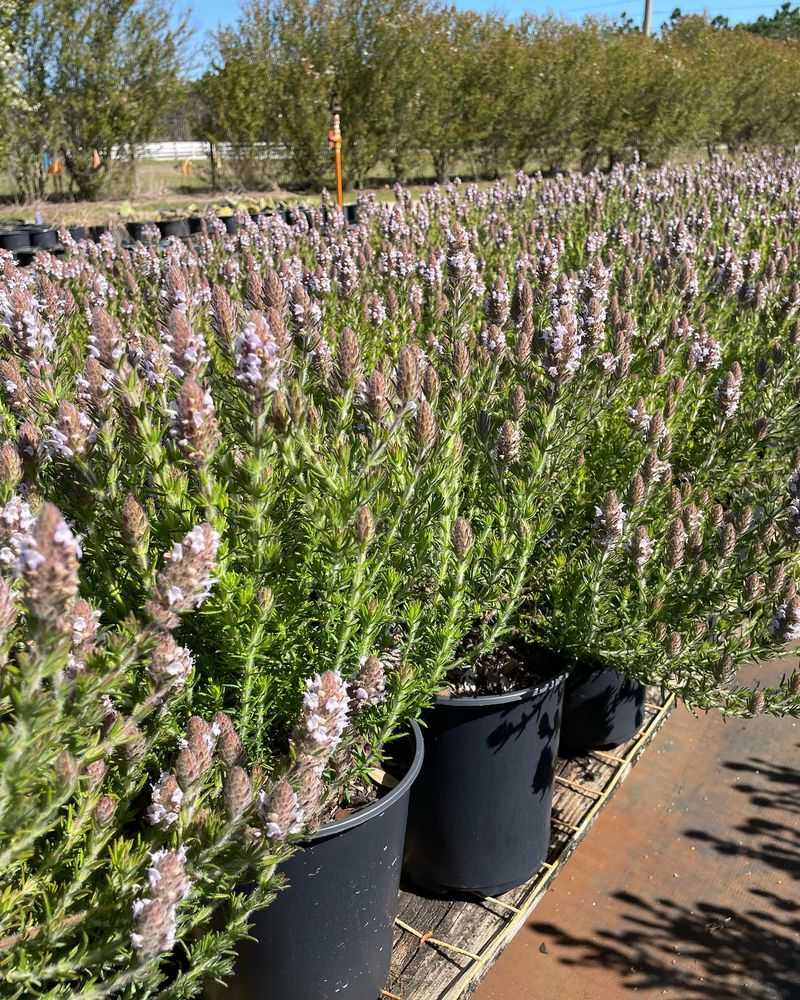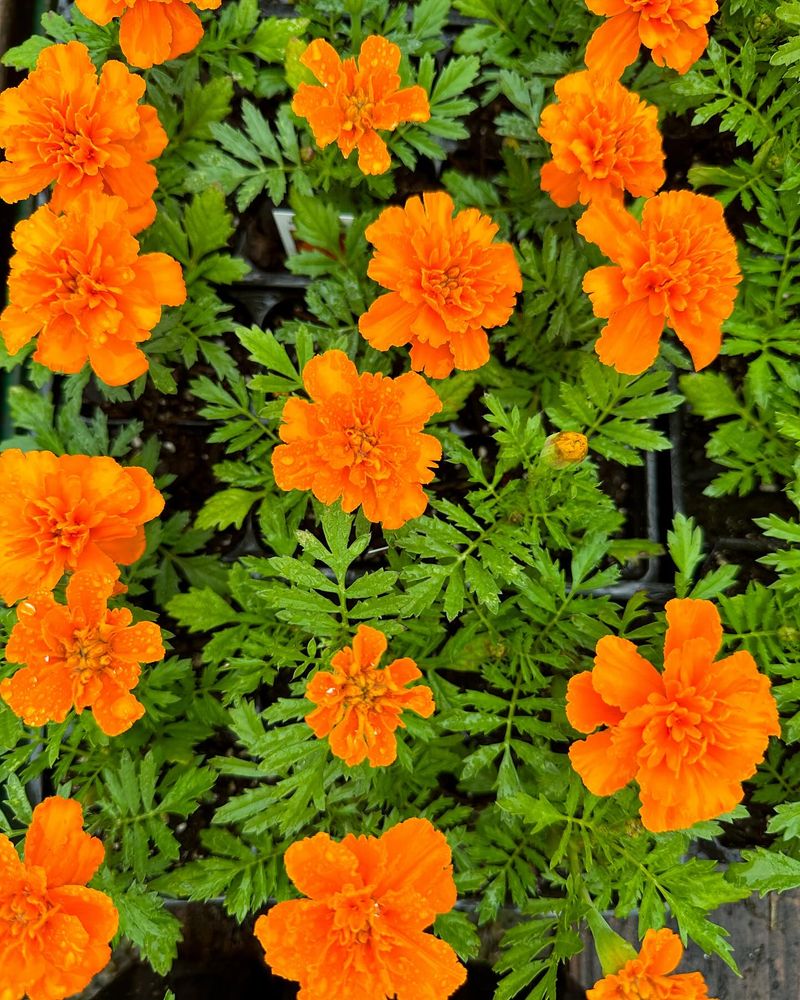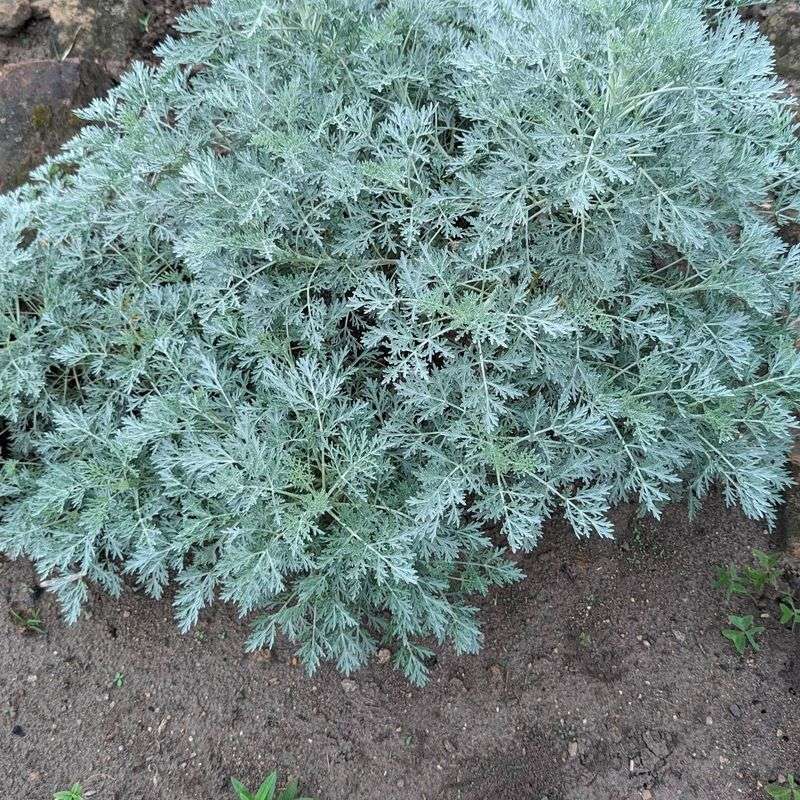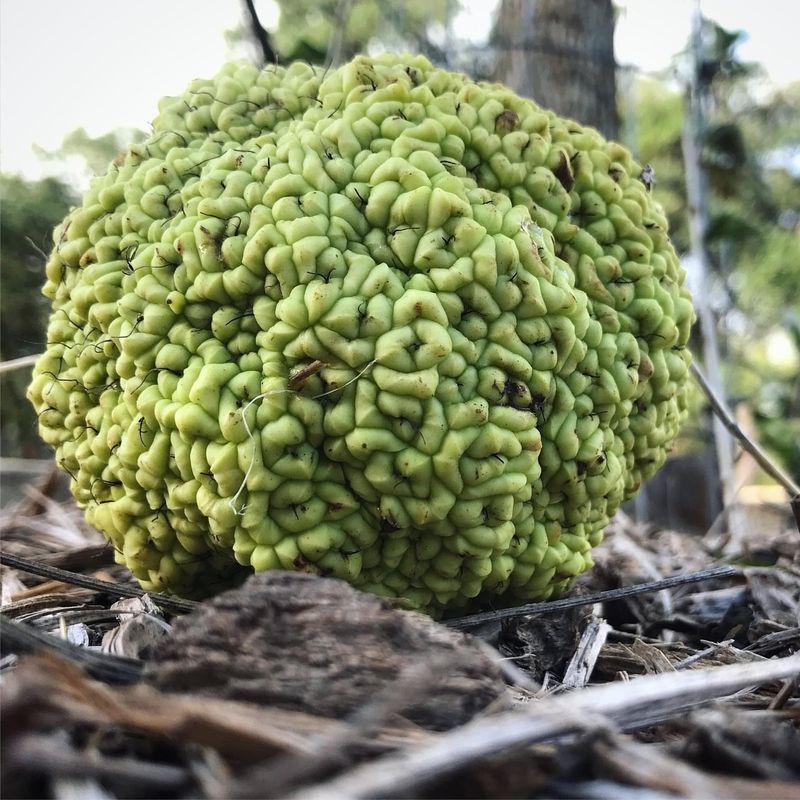Cockroaches are the last guests anyone wants hanging around, but did you know your garden can help keep them away? I’ve discovered some amazing plants that naturally repel these pests while making your garden look stunning.
They’re like nature’s little bodyguards, quietly working to protect your outdoor space. Having these plants around feels like winning a small battle against unwanted creepy crawlies.
Once you add them, you’ll wonder how you ever managed without them!
1. Catnip
Ever noticed how cats go crazy for this plant? Turns out cockroaches have the opposite reaction! The natural compound nepetalactone that drives felines wild actually sends roaches running in the other direction.
You can grow catnip easily in containers or garden beds, and it thrives in most climates with minimal care. Just be prepared for neighborhood cats to come visiting when you plant this powerful roach deterrent.
2. Mint
The refreshing scent we humans love is actually a natural defense mechanism that repels many insects, including cockroaches. Fresh mint releases strong essential oils that overwhelm the sensitive antennae of roaches, making your garden territory they’ll avoid.
Growing mint requires minimal effort, but watch out – it spreads quickly! Consider planting it in containers to control its growth. Place pots near entry points to create an aromatic barrier against unwanted six-legged visitors.
3. Lavender
Known for its calming effects on humans, lavender has quite the opposite impact on cockroaches. The fragrant purple blooms contain linalool, a compound that disrupts roaches’ nervous systems and keeps them at bay.
Plant lavender in sunny spots with well-draining soil for best results. Beyond pest control, you’ll enjoy the beautiful flowers and relaxing scent. Harvest stems to make dried bouquets that continue repelling roaches even indoors.
4. Rosemary
Not just a delicious herb for your kitchen, rosemary doubles as a powerful cockroach deterrent. Its woody, pine-like scent contains compounds that interfere with roaches’ ability to navigate and find food sources in your home.
This Mediterranean plant thrives in hot, dry conditions with excellent drainage. Grow it near doorways or windows where pests might enter. The aromatic oils become more potent in warm weather, providing stronger protection when cockroach activity typically increases.
5. Chrysanthemums
These colorful blooms pack a powerful punch against cockroaches thanks to pyrethrum, a natural insecticide found in their flowers. This compound attacks the nervous systems of many insects, including our unwanted roach visitors.
Chrysanthemums thrive in sunny locations with rich, well-draining soil. Plant them around the perimeter of your home or in containers on patios. As a bonus, these beautiful flowers also repel ants, ticks, fleas, and mosquitoes while adding vibrant color to your garden.
6. Lemongrass
The strong citrus scent of lemongrass contains citronella, a natural compound that masks the food odors that typically attract roaches. When planted strategically around your home, it creates an invisible barrier that discourages these pests from entering.
Growing tall and grass-like, lemongrass makes an attractive addition to any garden. It thrives in warm, sunny spots and can be grown in containers if you’re short on space. Harvest stalks for cooking while enjoying its pest-repelling benefits.
7. Bay Leaves
These aromatic leaves contain compounds that naturally repel cockroaches without harsh chemicals. The strong scent overwhelms roaches’ sensitive smell receptors, making your garden and home less appealing to these unwanted visitors.
Bay laurel grows into a beautiful small tree or can be kept pruned as a container plant. Place potted bay plants near entry points or use dried leaves in pantries and cabinets. The versatile leaves serve double duty in your kitchen for flavoring soups and stews.
8. Eucalyptus
The distinctive aroma of eucalyptus contains natural oils that cockroaches find utterly repulsive. These fast-growing trees release compounds that interfere with insects’ ability to breathe and navigate, creating a natural pest barrier.
While eucalyptus can grow quite large, dwarf varieties work well in containers for smaller spaces. Place potted plants around your patio or garden perimeter. Harvest branches to create dried arrangements that continue repelling roaches even when brought indoors.
9. Basil
This kitchen favorite does double duty as a cockroach repellent thanks to its strong essential oils. The aromatic compounds that make basil delicious to us create an overwhelming sensory experience for roaches, driving them away from areas where it’s planted.
Grow basil in sunny spots with moist, well-draining soil. Keep plants near kitchen windows or doorways where pests might enter. Regular harvesting encourages bushier growth and releases more of the repellent oils into the surrounding environment.
10. Thyme
Don’t give cockroaches the time of day with this powerful herb in your garden arsenal. Thyme contains thymol, a natural compound that disrupts roaches’ nervous systems and keeps them searching for friendlier territory.
Low-growing and drought-tolerant, thyme works beautifully in rock gardens or container plantings. Its tiny flowers attract beneficial pollinators while its aromatic leaves ward off pests. Creeping varieties can be planted between stepping stones where they release their repellent oils when stepped upon.
11. Sage
Ancient wisdom meets modern pest control with sage, whose strong scent naturally deters cockroaches from your garden and home. The earthy aroma contains compounds that confuse and repel these persistent pests.
Plant sage in sunny locations with well-draining soil. Its beautiful silver-green foliage adds texture to your garden while working hard to keep bugs at bay. Harvest leaves to burn as natural incense indoors – the smoke creates an even stronger roach-repelling effect.
12. Garlic
The pungent aroma that gives garlic its culinary kick also serves as a powerful cockroach repellent. Sulfur compounds that seep into the soil create an environment roaches actively avoid, protecting your garden and home naturally.
Plant garlic cloves in fall for spring harvest in most regions. The tall green shoots add vertical interest to garden beds while working silently to deter pests. Crushed cloves can also be placed in strategic indoor locations for additional protection.
13. Citronella
Famous for repelling mosquitoes, citronella grass works equally well against cockroaches. The strong lemony scent masks food odors and creates confusion in roaches’ sensitive sensory systems, keeping them from finding their way into your space.
This tropical grass grows in attractive clumps that add structure to garden beds. Plant in full sun with well-draining soil for best results. The tall, arching leaves create movement in the garden while silently standing guard against unwanted pests.
14. Oregano
Beyond jazzing up your pizza, oregano contains carvacrol and thymol – natural compounds that send cockroaches running. The intense herbal scent overwhelms their sensitive antennae, making your garden territory they’ll actively avoid.
Grow oregano in sunny spots with well-draining soil. This Mediterranean herb requires little maintenance once established. Plant it in containers near entrances or in garden beds around your home’s perimeter for maximum protective benefit.
15. Dill
The feathery fronds of dill contain compounds that naturally repel cockroaches while attracting beneficial insects to your garden. Its distinctive aroma disrupts roaches’ ability to locate food sources and mates, reducing their populations naturally.
Dill grows quickly from seed and prefers full sun with moderate watering. Allow some plants to flower and set seed for continuous protection throughout the growing season. The delicate yellow flowers add visual interest while the leaves provide fresh herbs for your kitchen.
16. Pennyroyal
Member of the mint family, pennyroyal contains pulegone, an extremely potent natural insecticide that cockroaches absolutely detest. Just a few plants can create a protective barrier around your garden or patio area.
This low-growing plant spreads quickly, making it perfect for ground cover in pest-prone areas. Keep it contained, as it can become invasive. Note that while effective against pests, pennyroyal should be handled with care as it can irritate skin and should never be consumed.
17. Marigolds
These cheerful flowers contain pyrethrum, the same compound found in chrysanthemums that naturally repels cockroaches and other pests. Their bright blooms bring color to your garden while working hard to keep unwanted visitors away.
Marigolds thrive in sunny locations and adapt to most soil types. Plant them around the perimeter of your home or intersperse throughout vegetable gardens. Their distinctive scent masks the food odors that typically attract roaches and other garden pests.
18. Tansy
With its button-like yellow flowers, tansy contains thujone, a compound that acts as a natural insecticide against cockroaches. Historical records show it’s been used for centuries to repel pests from homes and gardens.
Tansy grows easily in most conditions and requires little maintenance. Its fernlike foliage adds texture to garden beds while its flowers attract pollinators. Plant it away from areas where children or pets play, as it can cause skin irritation in sensitive individuals.
19. Wormwood
The silvery-gray foliage of wormwood contains absinthine, a bitter compound that roaches find utterly repulsive. Just a few strategically placed plants can create a protective barrier around your home and garden areas.
Wormwood thrives in poor soil and drought conditions, making it perfect for problem areas. Its attractive foliage adds winter interest when other plants have died back. Handle with care, as the oils can irritate skin, and never ingest any part of this powerful pest-repelling plant.
20. Osage Orange
Also known as hedge apple, this tree produces large, wrinkled green fruits containing compounds that naturally repel cockroaches. Native Americans used the fruits inside homes and storage areas to keep pests away long before commercial insecticides existed.
The tree itself grows quite large but can be kept pruned. Even if you don’t have space for the tree, the fruits can be purchased at farmers’ markets in fall. Place them in basements or crawl spaces where roaches might enter for natural pest control.

